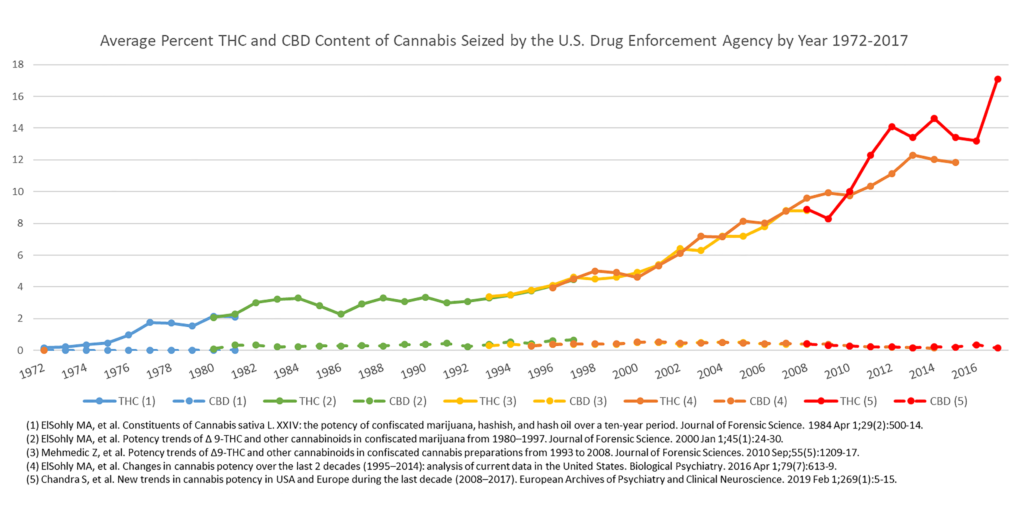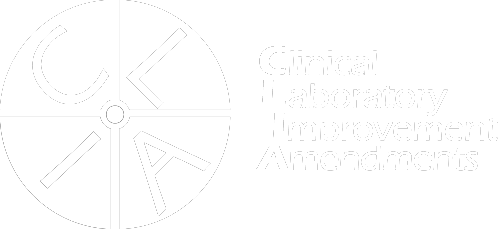Richmond, Va. –There are three main strains of marijuana – indica, sativa, and hybrid – which all have different effects on the body. Within those strains, there are more products and varieties to choose from than can be named. This includes edibles, topicals, vapes, lip balms, gummies, candies, and just about any other form that can be imagined.
The sativa strain of cannabis has more energizing effects, while the indica strain of cannabis is known for its sedating, relaxing effects. Sativa cannabis plants tend to be taller with long, thin leaves, while indica plants are shorter and broader. In addition, sativa plants mature much more slowly (100 days) than indica plants (45-65 days). A hybrid cannabis plant is, not surprisingly, a crossbreed of indica and sativa, and users can experience the effects of both breeds. However, it is important to note that more important than the breed of plant is an individual user’s endocannabinoid system within the body. This system naturally plays a role in sleep, mood, appetite, and memory, all of which can be affected by using cannabis.
While cannabis has been around for centuries in countries all around the world, its medical use has historically been controversial. According to the Drug Enforcement Agency Museum, “The impairment of cognitive abilities when under the influence of cannabis or THC and the short-term effects of marijuana use can include problems with memory and learning, distorted perception, coordination and increased heart rate.” As a result of the lack of accepted medical use, marijuana is a schedule I substance in the United States, listed as a drug with a high potential for abuse.
While cannabis has many active ingredients, THC – delta-9-tetrahydrocannabinol – is responsible for getting people “high” while CBD – cannabidiol – tends to dampen those effects. The different concentrations of these active ingredients lead to different potency levels. According to the National Institute on Drug Abuse (NIDA), greater than 10 percent (>10%) THC is considered a “very high” concentration, while the DEA considers greater than 12 percent (>12%) THC “high potency.” In 2017, the average THC concentration found in seized cannabis in the United States was anywhere from nine to 56 percent.

In 2013, states began legalizing marijuana for recreational use, despite its schedule I status. Citing potential medical benefits, increased jobs, and tax revenue, advocates for legal marijuana cite that it’s a “healthy” and “safe” drug. However, marijuana or cannabis today is not as it was in the 1970s or 1980s, and as stated by Elizabeth Stuyt, a board certified Addiction Psychiatrist, “The more potent a drug is, the stronger the possibility of addiction and the more likely the person will continue to purchase and use the product.”
As of May 2019, a wide range of products were available in Washington state, one of the first to legalize recreational use, with a wide range of concentrations, as can be seen in Table 1, from the Alcohol and Drug Abuse Institute (ADAI). Since 1972, when the DEA began testing cannabis potency levels, cannabis has become significantly stronger. In the 1970s, most cannabis was close to two percent in THC concentration, and risen steadily since then. With the legalization of recreational marijuana in states across the US, marijuana potency has only continued to increase. Between 1995 and 2017, NPR reported that marijuana potency had increased by more than 300%.
In 2017, roughly 26 million Americans aged 12 and older reported being current marijuana users. As a result of such high potency, more people are starting to end up in emergency rooms. A condition known as cannabinoid hyperemesis syndrome results in nausea and vomiting, which can be incredibly difficult for doctors to treat. The only known treatment for it currently is to stop cannabis use. Andrew Monte, an associate professor of emergency medicine and medical toxicology at the University of Colorado’s school of medicine, has said that although ER visits are increasing, not everyone is at equal risk. “Many, many people use cannabis safely. The vast majority don’t end up in our emergency department.” Doing some research before using anything is a good place to start. “Whether or not it’s conventional flower that you’re smoking or vaping, an edible or tincture, it’s very important to know what’s in it,” said Staci Gruber, director of the Marijuana Investigations for Neuroscientific Discovery (MIND) program at the Harvard-affiliated McLean Hospital in Belmont, Mass.

While it’s crucial to know what is in the cannabis being consumed, it is just as crucial to understand that the increased potency of marijuana today is not to be taken lightly. Addiction works by utilizing reward pathways in the brain. This is true for every single drug of abuse in history. “The marijuana of old…was thought to not cause addiction because there was no identified withdrawal syndrome. This has changed and with the increased potency of THC there is a definite recognized withdrawal syndrome which includes increased anger, irritability, depression, restlessness, headache, loss of appetite, insomnia, and severe cravings for marijuana,” according to Stuyt.
For more information:
DEA Museum: https://www.deamuseum.org/ccp/cannabis/history.html
Alcohol and Drug Abuse Institute:
Elizabeth Stuyt: https://www.ncbi.nlm.nih.gov/pmc/articles/PMC6312155/


